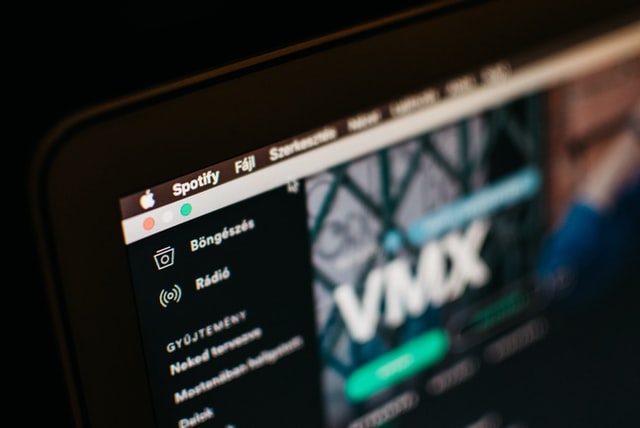Do you ever wonder why computers never seem to beat humans at music-playing competitions? Well, computer musicians have gotten much better over time. And they’ve become quite adept at beating even experienced human players. The average person has no idea how much effort goes into programming music software. Even with computers that cost tens of thousands of dollars, there are still ways for them to outsmart human beings.
Computer Advancement in Music
1 . Complexity
The best way to describe a computer musician’s ability is complexity. A program can create complex and intricate pieces by combining simple sounds together in new combinations. Think of it this way: the more complicated something gets, the less likely it is that anyone but a computer could do it. So when we say computers can play music, this means that even though their skill level might be low compared to professional musicians, they can easily perform higher quality work than just about anyone else. It’s not so easy for people to combine sounds into complex patterns as a computer does.
2. Synthesis
As far as creativity goes, computer musicians are pretty good. They don’t have to rely on traditional tools like composition or improvisation since most programs enable them to use a sound library of pre-programmed instruments. But even then, some programmers are able to combine sounds in completely new ways. This gives them an edge since they’re not limited to using only those pre-defined sounds.
3. Speed & Memory
Musical performance requires a lot of multitasking, which is something computers excel at. They can play multiple songs simultaneously without any problems whatsoever. Computers also tend to be very fast at processing information, because all of their parts are designed specifically for speed.
4. Diversity
A computer can play many types of instruments, including woodwinds, brass instruments, strings, and percussion. Most musical composers focus solely on one instrument. For example, a modern jazz composer would probably spend months working on his saxophone solo before bringing other instruments into the mix. On the other hand, a programmer could conceivably create a virtual instrument from scratch, adding bells, pipes, drums, cymbals, and every instrument imaginable. While this may take hundreds of hours to complete, it opens up a whole world of possibilities for someone who otherwise wouldn’t have access to these instruments.
5. Customizability
Music software provides advanced features such as loops, effects, and multitimbrality, making it possible for users to change the pitch, volume, filter type, and timbre of sounds. In the past, the standard was to get all of your sounds from a single sample source —say, a flute recording made by Miles Davis. That’s fine if you want everything to sound exactly the same; however, now you can tweak your sounds to fit your own unique style.
6. Availability
There are several methods to produce computer music. Some use MIDI files, others manipulate audio data directly, while still others turn raw data sources into different waveforms. The first two methods require specialized equipment; whereas, the last method works with virtually any piece of hardware.
Conclusion
People hear computer-generated music all the time and don’t even realize it – on AI-Operated websites, casino gambling platforms on fr.crazyvegas.com, AI assistants, and more! If you ever see a song or movie with no human-pitched voices, there’s a high probability it was created by a digital machine instead. Even if you aren’t aware of how technology has changed the way we listen to music, you should at least be familiar enough to know what it really sounds like!


